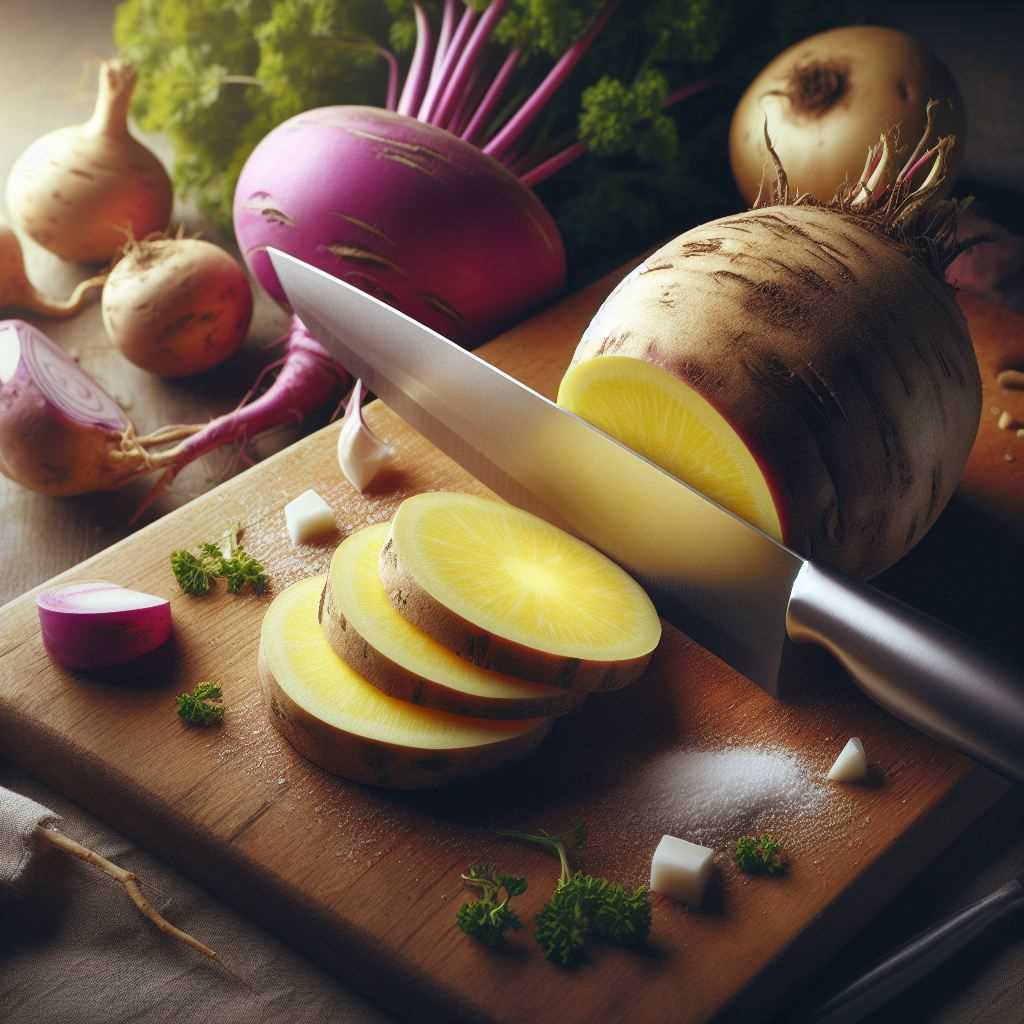The Art of Slicing a Rutabaga (and Keeping Your Fingers)
Don't grapple with a rutabaga and a dull knife. Learn how to safely prep this root vegetable. Sharpening your knife is key, then simple cuts tame its roly-poly shape. Understand its fibrous nature, use steady pressure, and enjoy the transformation from awkward root to delicious side dish.

I once watched a friend wrestle a rutabaga. Her brow was furrowed, her jaw clenched, and a dangerous glint lit her eyes as she grappled with the hefty root vegetable. Sweat beaded in defiance of the cool kitchen air. For a horrifying moment, I feared someone might end up in the emergency room with stitches. The culprit? A dull knife.
It's a scene all too familiar in kitchens where the art of knife sharpening isn't a revered ritual. A dull knife is more than just an annoyance; it's a genuine hazard, liable to slip, skitter, and generally misbehave, turning even the simplest of culinary tasks into a treacherous spectacle. And when your prey is a rotund and surprisingly dense rutabaga? Well, let's just say the stakes are raised.




